3 overrated shoulder exercises, according to a fitness expert (and what to do instead)
Sculpt 3D shoulders whilst minimising injury with these three alternative exercises
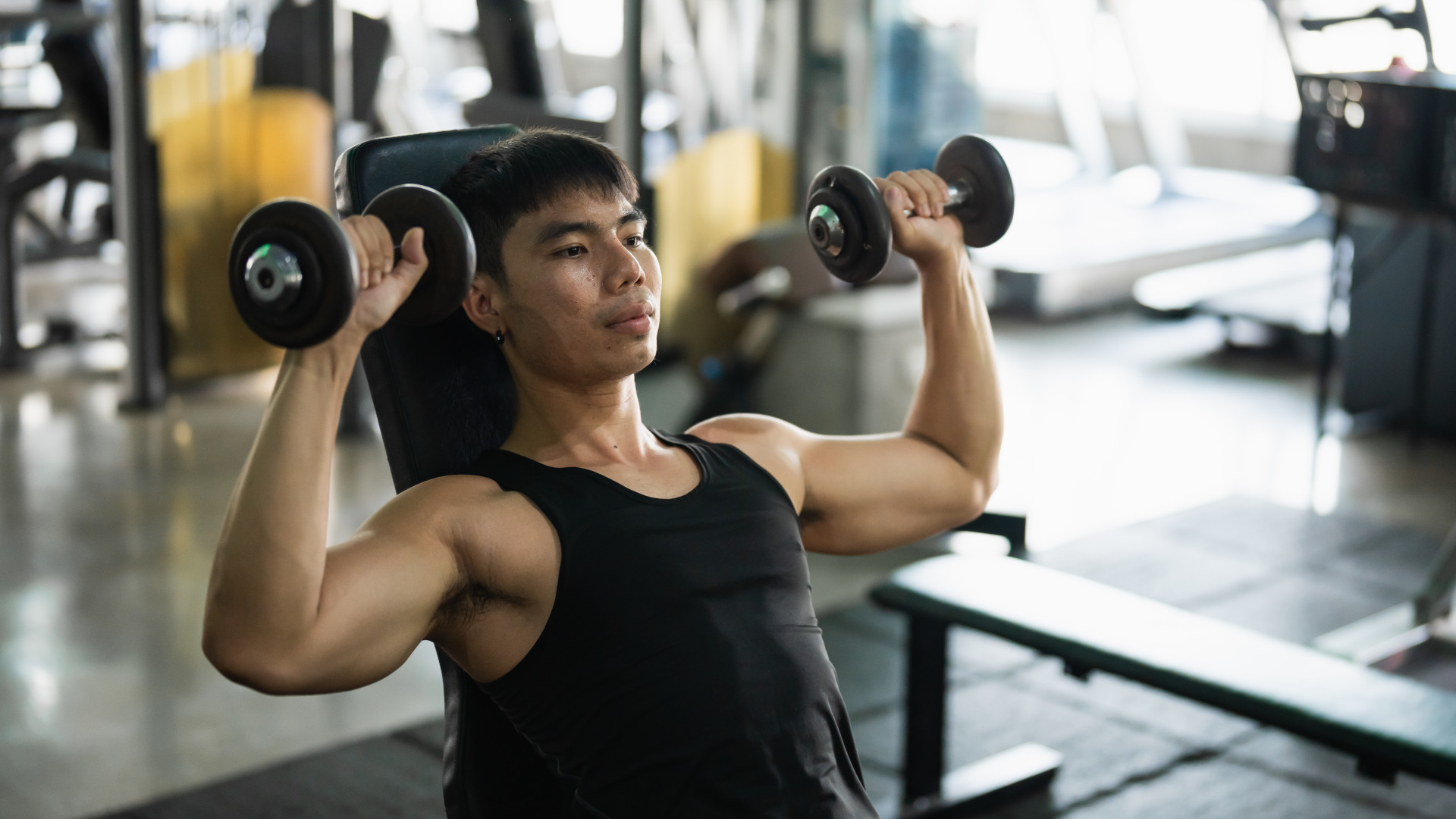

It’s easy to fall into the trap of opting for the exercises you see everyone else doing on the gym floor (or worse, social media). But does that mean they’re the best, or right for you? Absolutely not, and there are definitely some shoulder exercises that are given a little too much glory.
Our delts are made up of three heads – the front (anterior), medial (middle) and rear (posterior) – and if the goal is to sculpt 3D shoulders then you need to train your shoulders from multiple angles to hit all three. However, it’s common that a lot of people’s training ends up favouring the front deltoids, particularly if it already involves a lot of pressing movements, like the bench press.
“There are no ‘bad’ exercises when it comes to building your shoulders, but there are certain exercises that are more effective for hitting the various deltoid heads, which maximise muscle engagement and minimise the risk of injury,” says Aroosha Nekonam, Senior Personal Trainer at Ultimate Performance. "With that in mind, here are three deltoid exercises you may wish to swap for the ultimate shoulder mass-building routine."
Military press
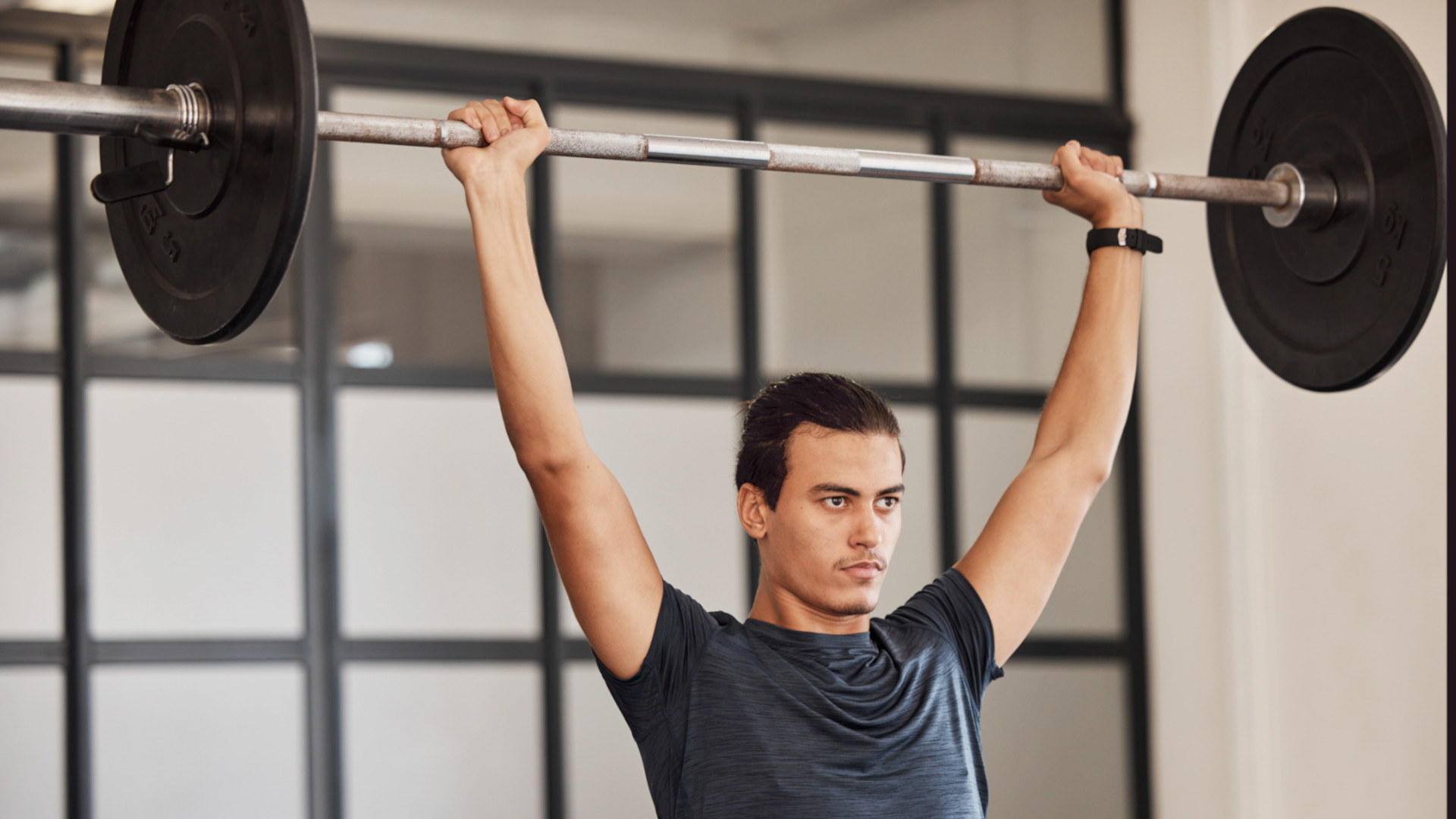
Like we said, we’re not saying the military press is a bad exercise, on the contrary, it’s a brilliant compound exercise that’s highly effective for targeting the front and sides of your shoulders. Not to mention your core, triceps, traps, and chest muscles.
However, Aroosha points out there are a few drawbacks: “You need full-body engagement to stabilise throughout the movement, which means less isolation on the delts and, when using heavy loads, it can load the lower back considerably, especially if your bracing or mobility isn’t optimal.” Form can often break down quickly too – most often by bending backwards like a banana – again, straining the lower back.
Aroosha says a smart choice is the seated overhead dumbbell press. “It keeps your form strict, increases time under tension for the delts, and significantly reduces compensation from other muscle groups. Plus, the seated position drastically lowers compressive load on the lower back.”
Front raises
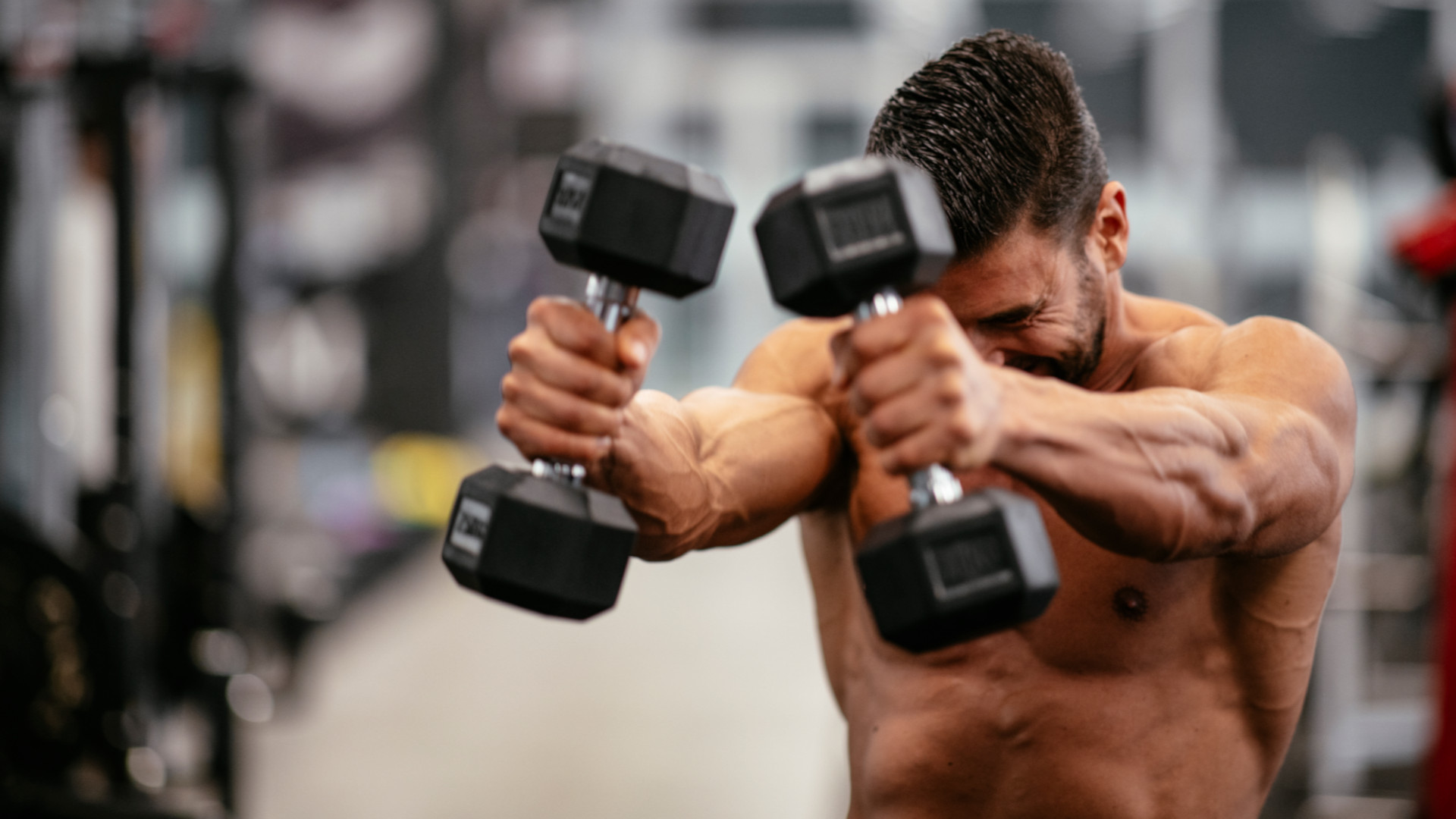
Front raises are a very accessible shoulder exercise that are fairly easy to perform and progressively overload, so why does Aroosha think they’re overrated? “They primarily target the anterior deltoids [the front of the shoulder], which are often already engaged during pressing movements, which can potentially lead to muscle imbalances. What’s usually missing is lateral delt work — and there’s no better tool than a strict seated lateral raise.”
Sign up to the T3 newsletter for smarter living straight to your inbox
Get all the latest news, reviews, deals and buying guides on gorgeous tech, home and active products from the T3 experts
The seated lateral raise primarily targets the side of the shoulders, which Aroosha says is key to giving them that “capped look”. While they can be performed standing, like front raises, what tends to happen is people can start using momentum from the rest of their body to ‘swing’ the dumbbells upwards, which is why Aroosha suggests opting for the seated version on a weight bench.
They can be a more joint-friendly option too, as she says: “It places minimal load on vulnerable shoulder structures like the rotator cuff or biceps tendon. They're safer, smarter, and give you the results you actually want — wider, rounder, more aesthetic delts.”
Arnold press

We know what you’re thinking – how can the Arnold press be overrated when it was named after Mr Schwarzenegger himself? Who had a massive pair of boulder shoulders. This exercise hits the back and side of the shoulders, but it’s not the best shoulder exercise if you’re a beginner. “The rotational aspect of the Arnold Press can place undue stress on the shoulder joints, increasing the risk of injury, especially if performed with improper form,” Aroosha points out.
Instead, she says the Scotts Press, named after Larry Scott, the first Mr. Olympia, is a better alternative, and is also much more gentle on the joints. “It’s performed with dumbbells, with your arms starting slightly in front of the body, and your elbows bent at 90 degrees, palms facing forward. The press is done at a slight outward angle – not straight up. It’s more of an arcing press rather than a vertical one, which keeps stress on the muscle without putting the shoulder joint in a compromised position.”
Again, it’s a good one for attacking the side of the shoulders, which may not get as much love as the front and back. “It’s especially great if your goal is to build that 3D shoulder look — it’s safer, requires less mobility, and can be loaded progressively without risking long-term shoulder wear and tear.”

Bryony’s T3’s official ‘gym-bunny’ and Active Staff Writer, covering all things fitness. She recently completed her Level 3 PT qualification with the PFCA to bring a deeper understanding of training techniques, fitness trends, and wellness advice to her writing. In her spare time, you will find her in her natural habitat - the gym - where her style of training is a hybrid of bodybuilding and powerlifting. Bryony loves writing about accessible workouts, nutrition and testing innovative fitness products that help you reach your fitness goals and take your training to the next level.
You must confirm your public display name before commenting
Please logout and then login again, you will then be prompted to enter your display name.
-
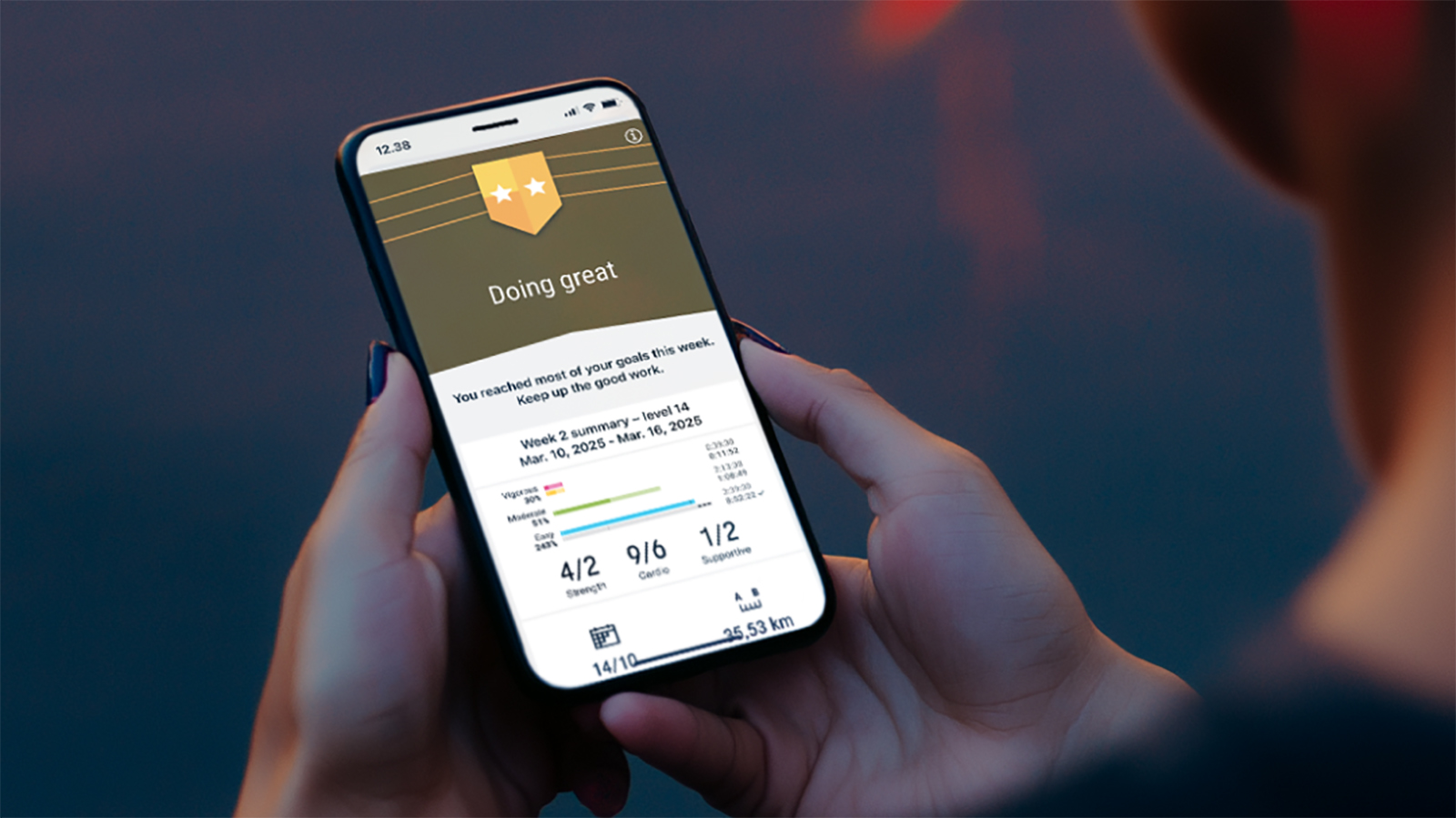 Polar’s new subscription feature lands in the shadow of Garmin’s Connect+ rollout
Polar’s new subscription feature lands in the shadow of Garmin’s Connect+ rolloutPR genius or timing disaster? Polar’s new Fitness Programme adds adaptive training to its ecosystem
By Matt Kollat Published
-
 Wired vs. boundary-free robot lawn mowers: which one is right for you?
Wired vs. boundary-free robot lawn mowers: which one is right for you?It's a tricky decision after all!
By Lizzie Wilmot Published
-
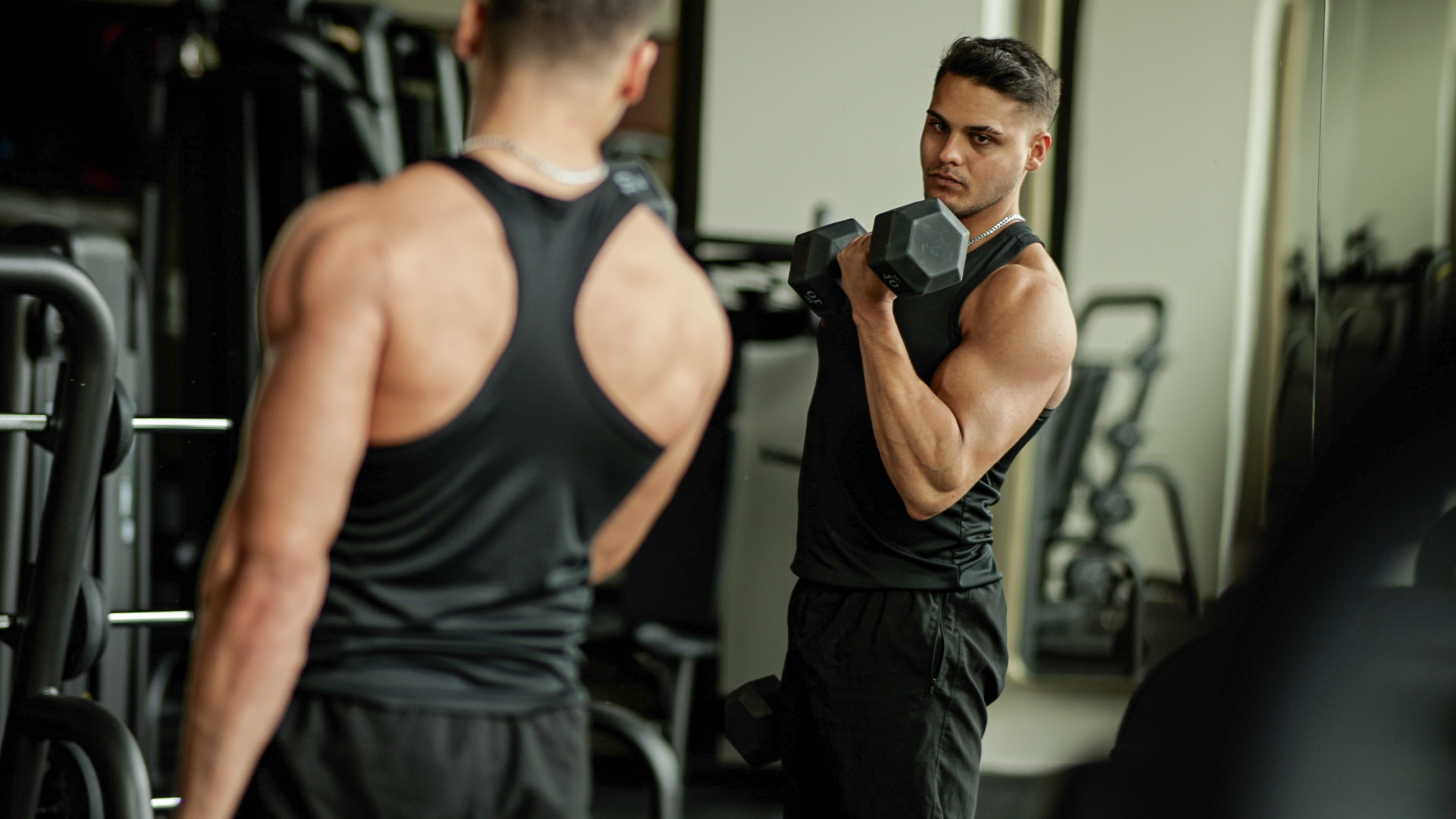 The best biceps exercise, according to science
The best biceps exercise, according to scienceHave you been training your biceps wrong this whole time?
By Lucy Miller Published
-
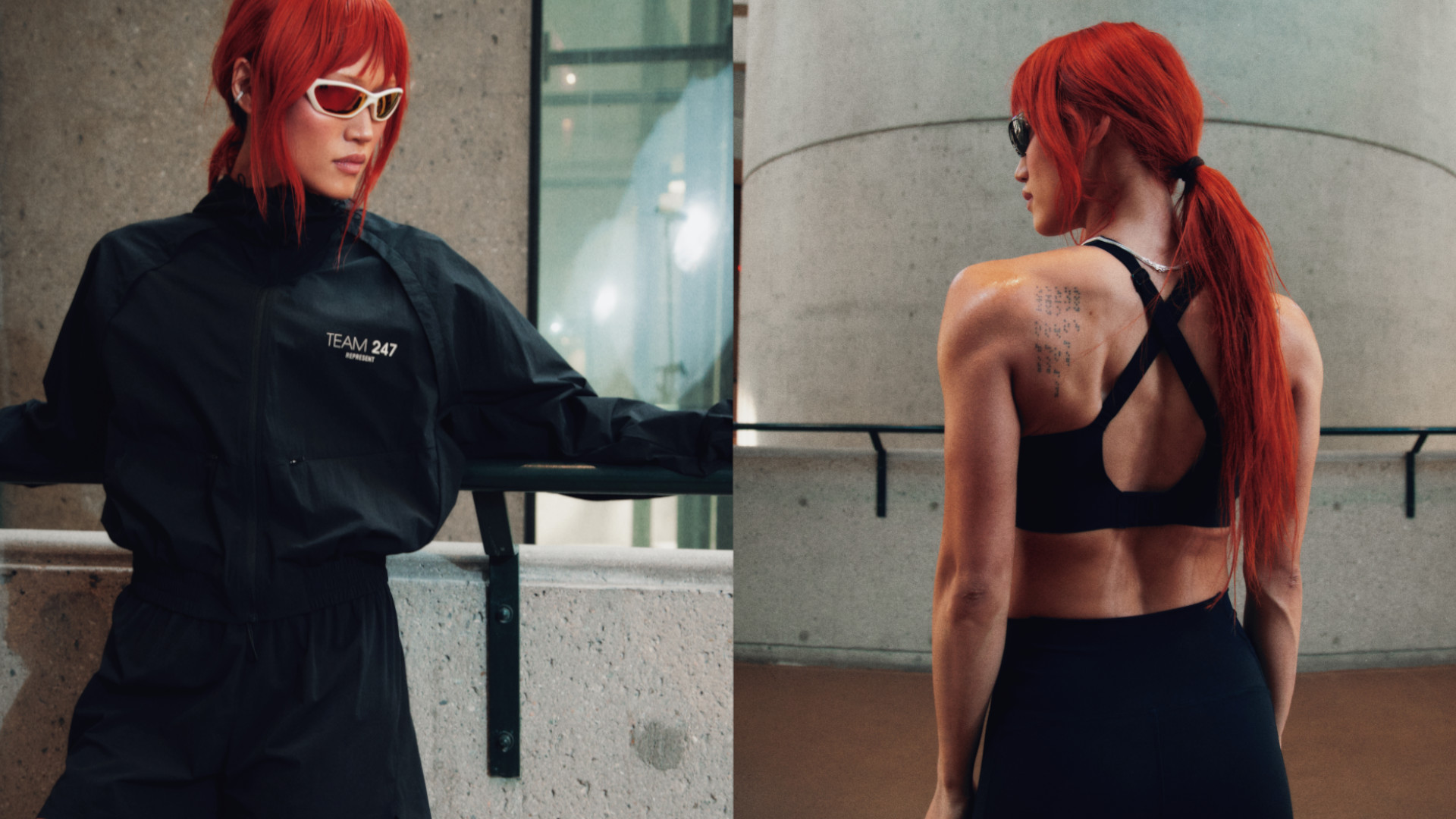 Finally! Represent 247 launches its first womenswear collection, taking you from street to gym in style
Finally! Represent 247 launches its first womenswear collection, taking you from street to gym in styleIt's about time guys
By Bryony Firth-Bernard Published
-
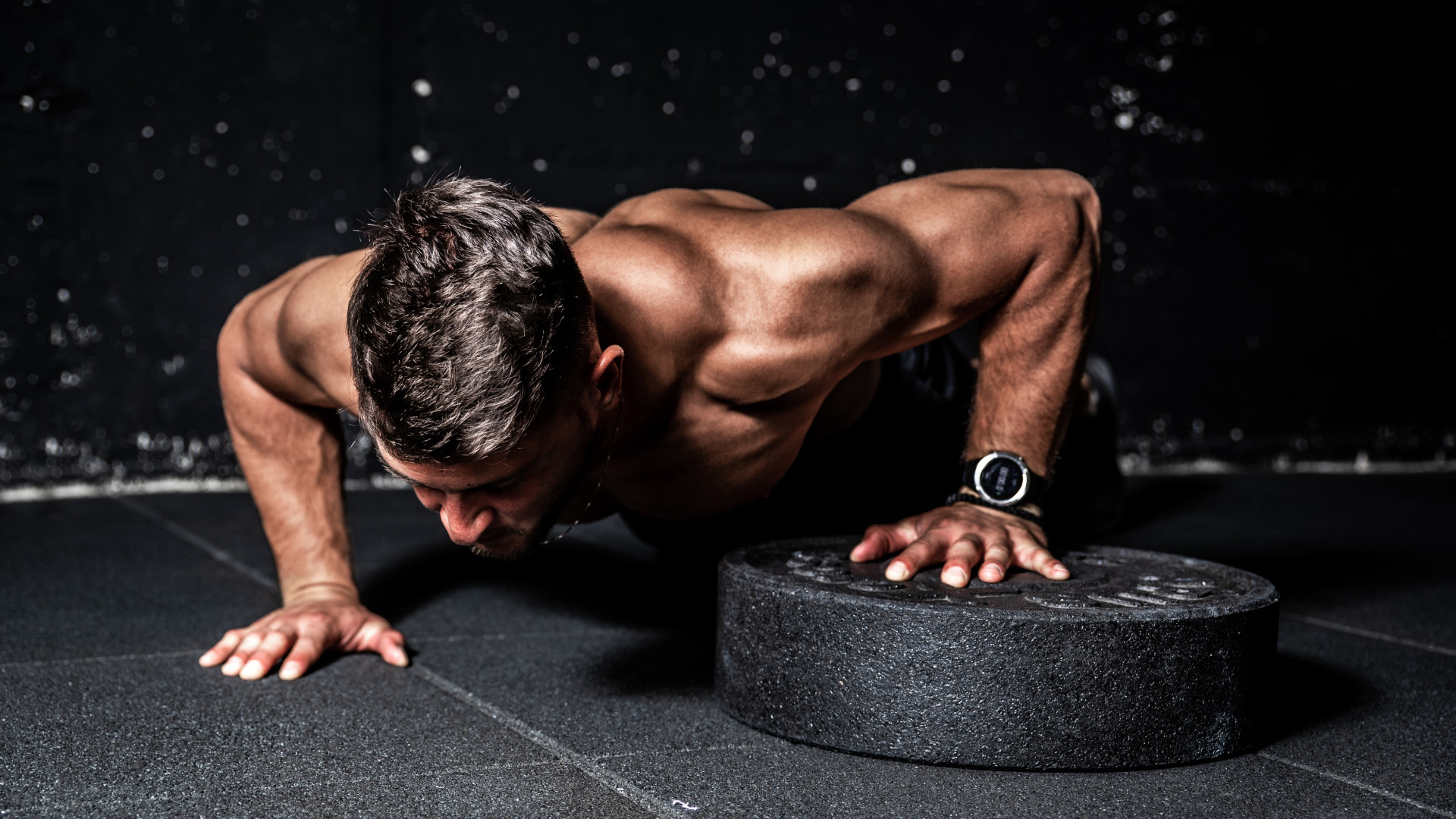 3 chest exercises you’re probably not doing to supersize your pecs
3 chest exercises you’re probably not doing to supersize your pecsA killer pec pump awaits
By Bryony Firth-Bernard Published
-
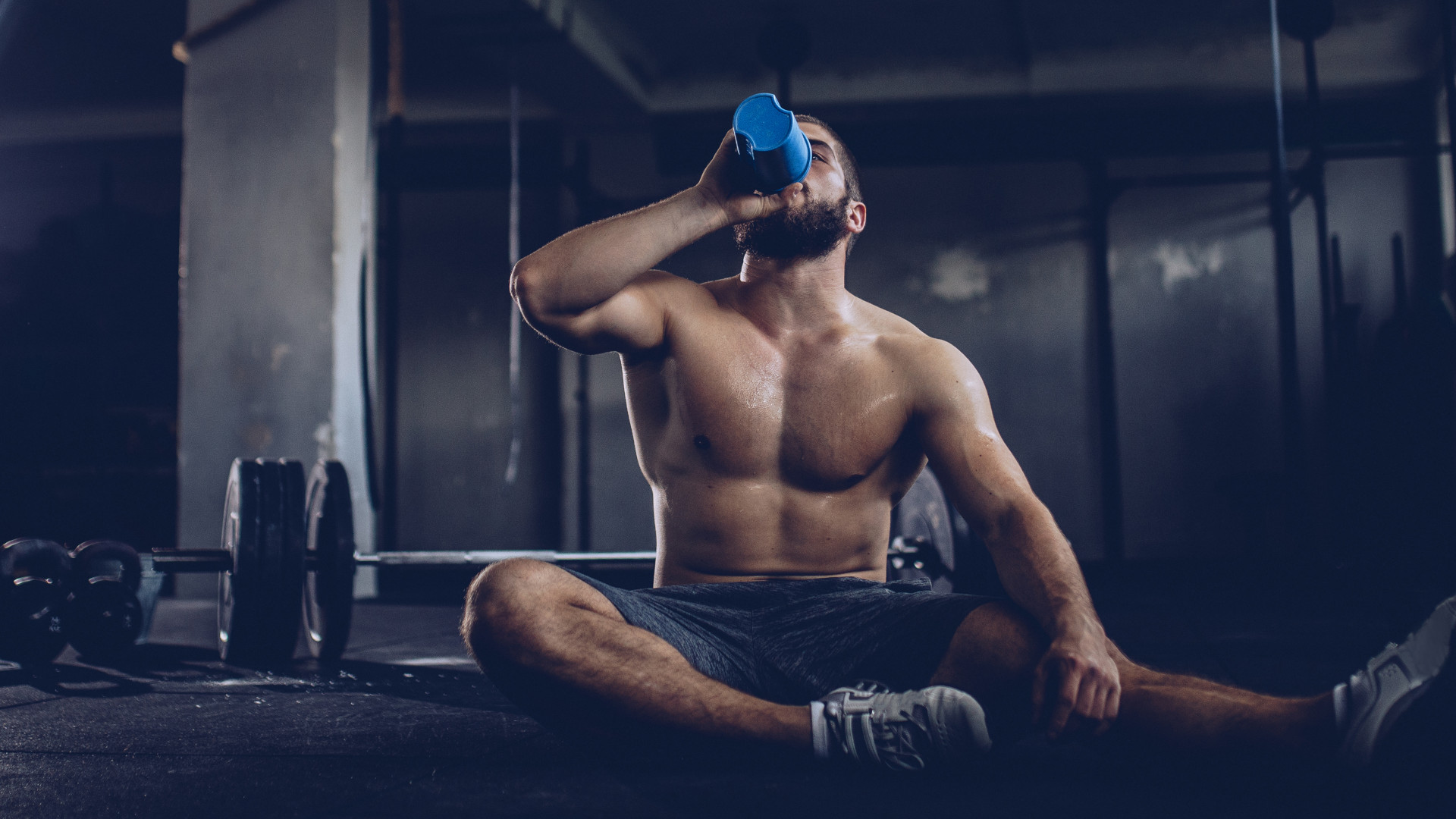 When’s the best time to take creatine?
When’s the best time to take creatine?The science-backed supplement is a must for building strength and muscle, but is there an optimal time to take it?
By Bryony Firth-Bernard Published
-
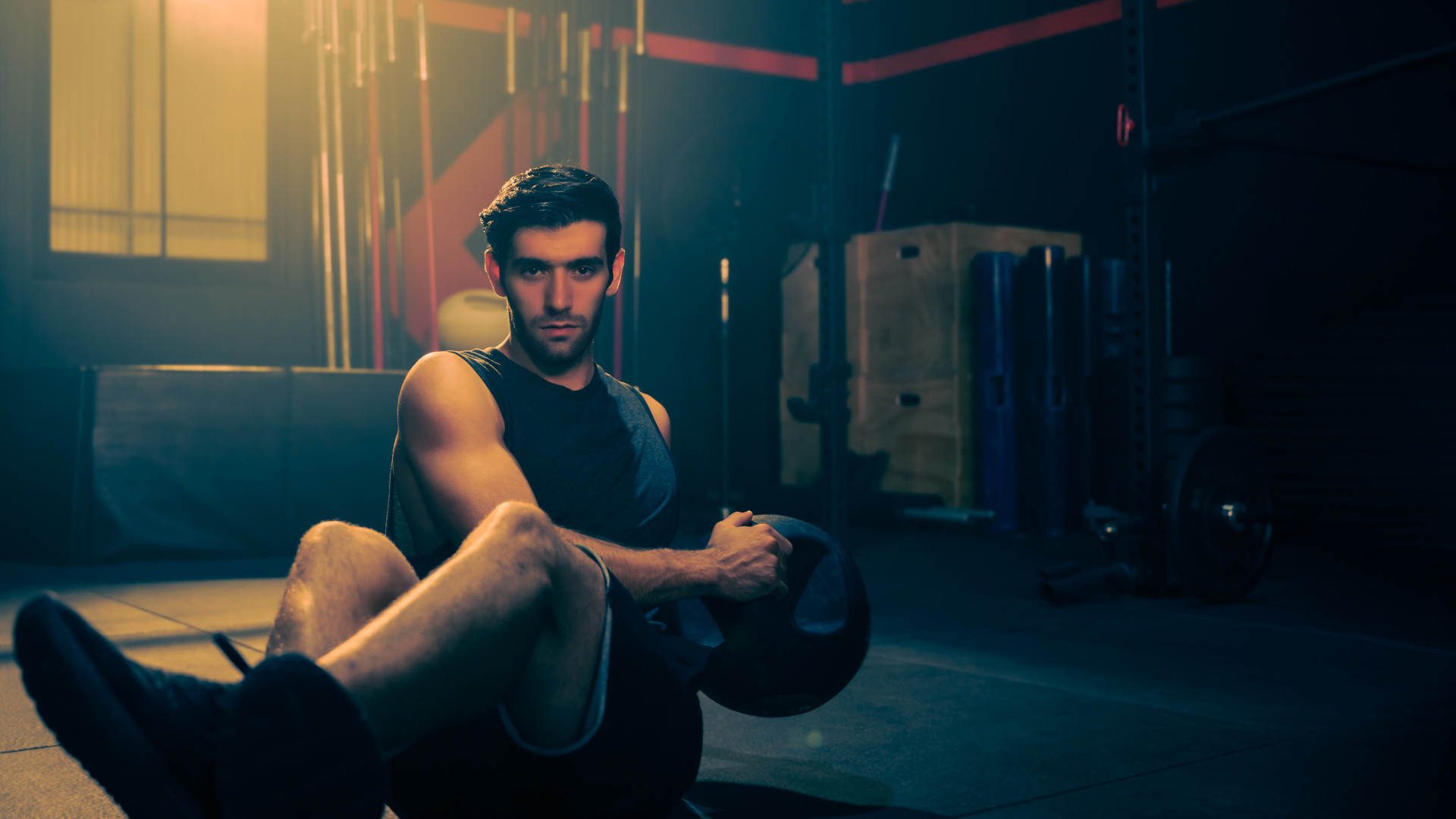 Three overrated core exercises and what you should do instead
Three overrated core exercises and what you should do insteadA fitness expert says these exercises aren’t all they’re cracked up to be
By Bryony Firth-Bernard Published
-
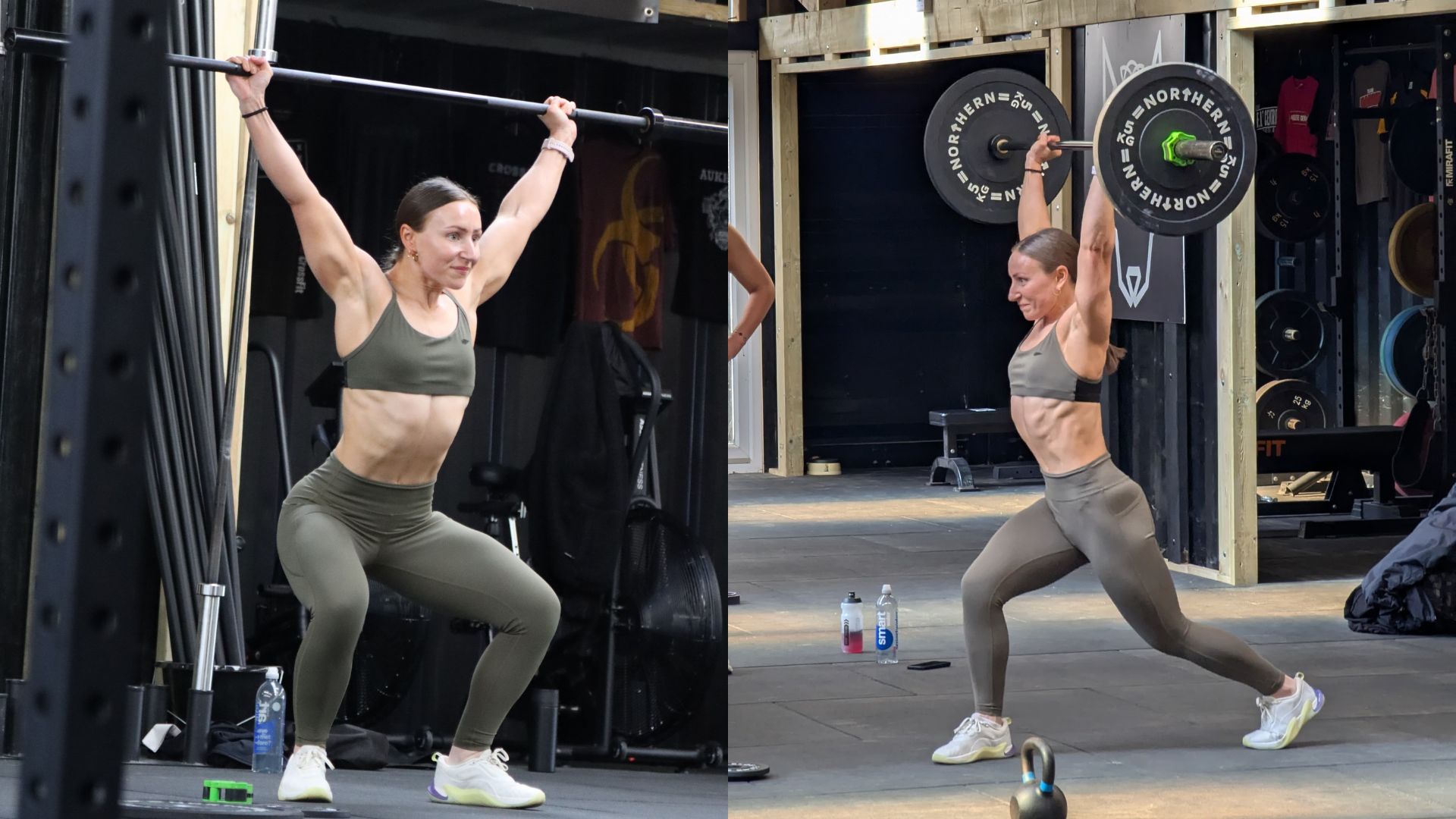 I tried Olympic weightlifting for the first time – here are three things it's taught me
I tried Olympic weightlifting for the first time – here are three things it's taught meBeing strong simply won't cut it
By Bryony Firth-Bernard Published
-
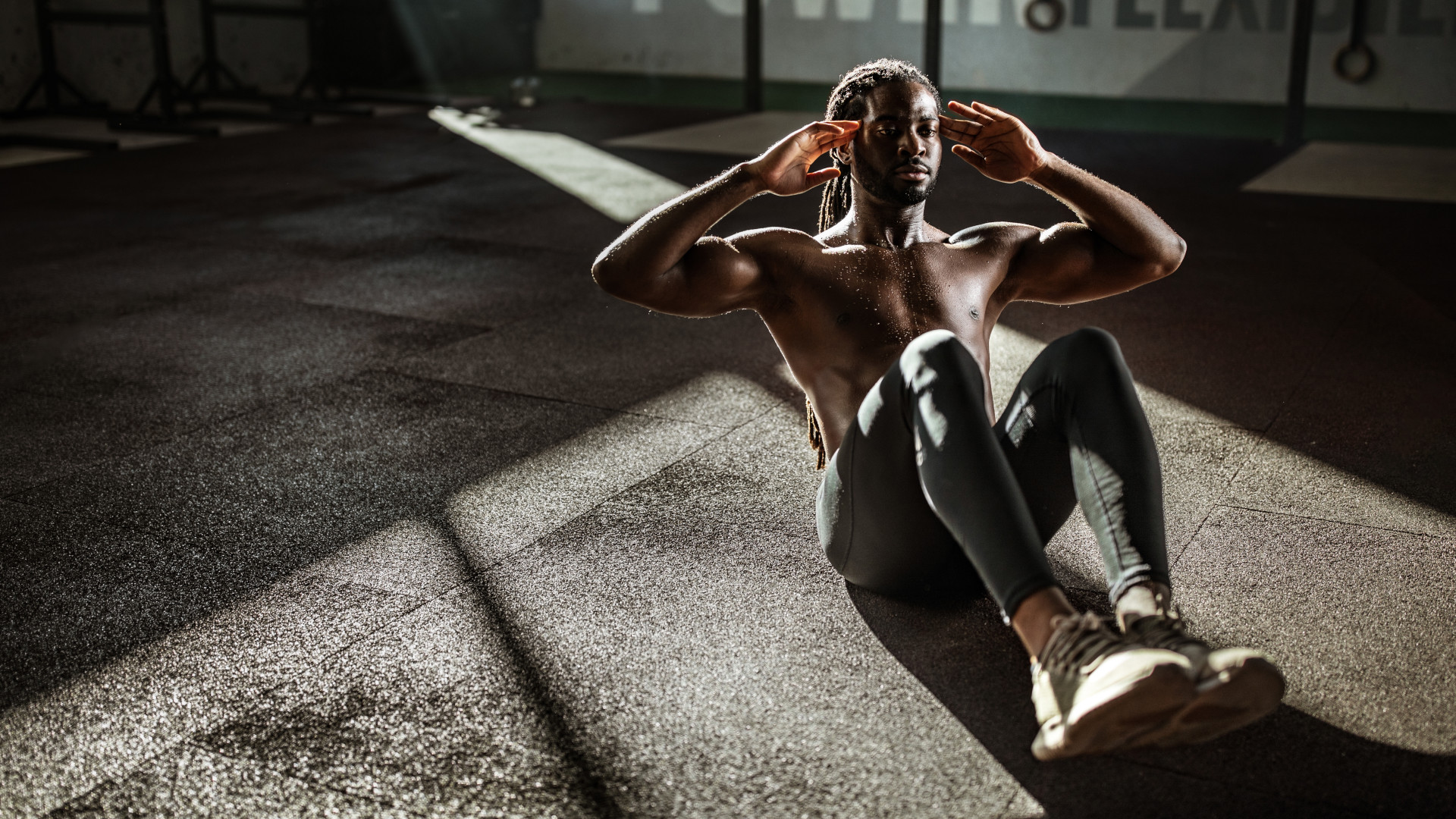 An exercise scientist ranks every ab exercise – and the worst one may surprise you
An exercise scientist ranks every ab exercise – and the worst one may surprise youFYI it’s not crunches or sit-ups
By Bryony Firth-Bernard Published
-
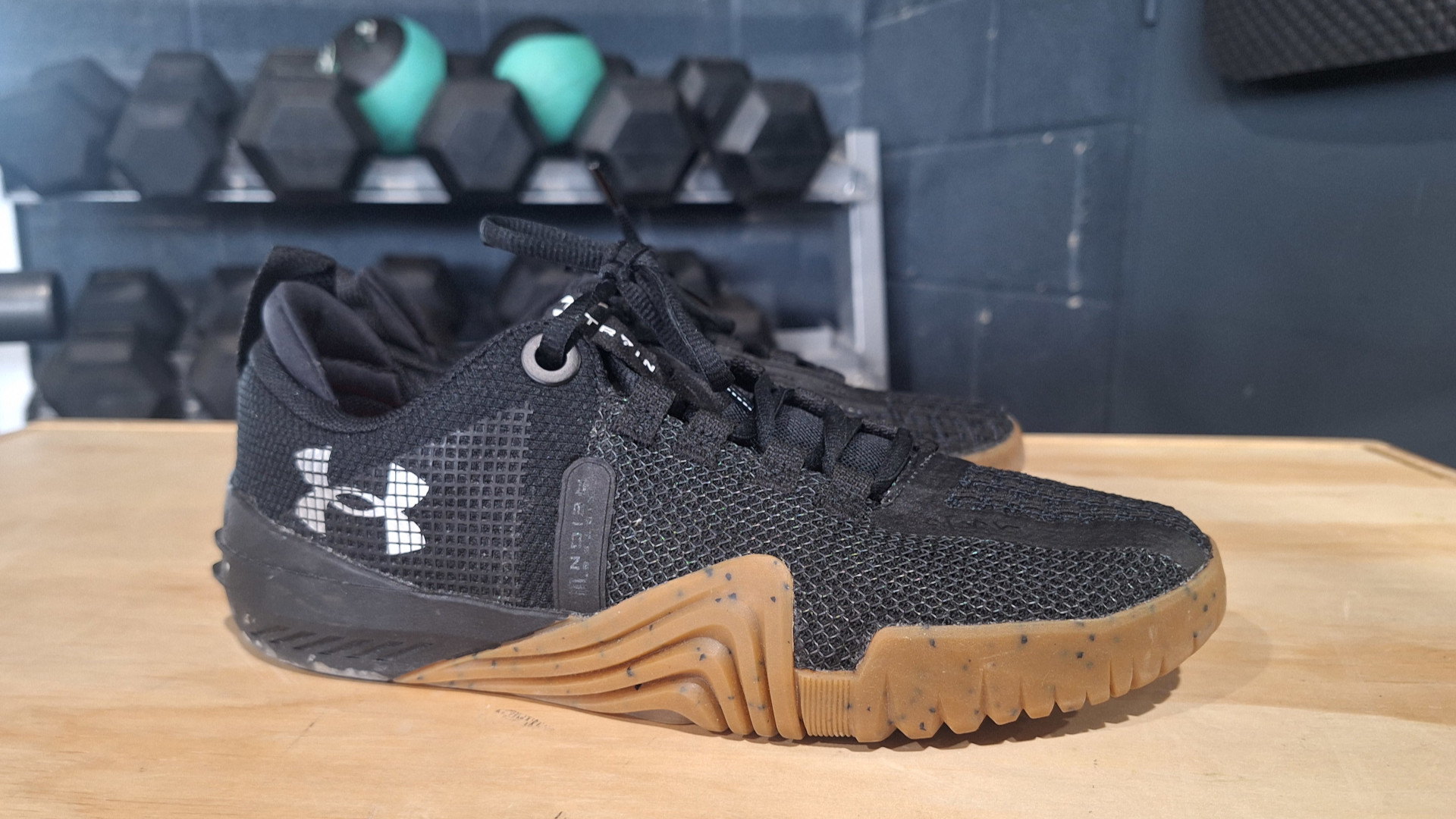 I didn't think Under Armour could improve its top-tier workout shoes – I was wrong
I didn't think Under Armour could improve its top-tier workout shoes – I was wrongThe TriBase Reign 6 has had a complete overhaul, with a flatter sole, improved flexibility and a brand-new look
By Bryony Firth-Bernard Published